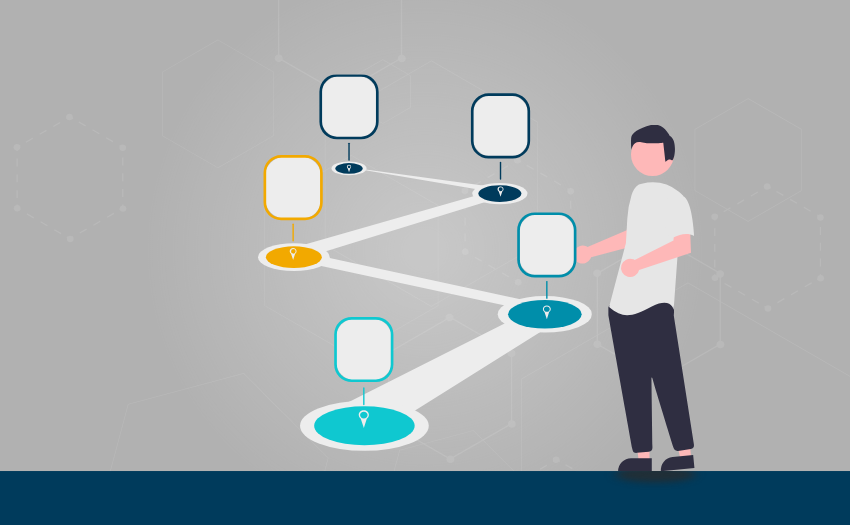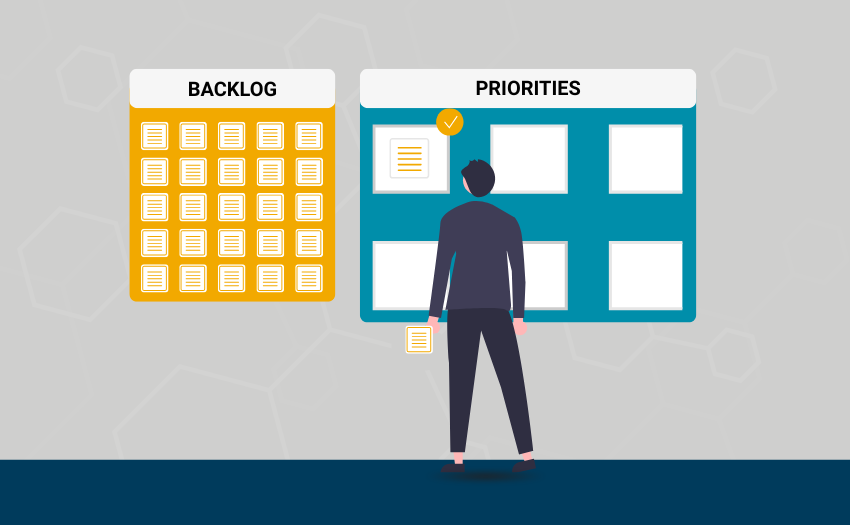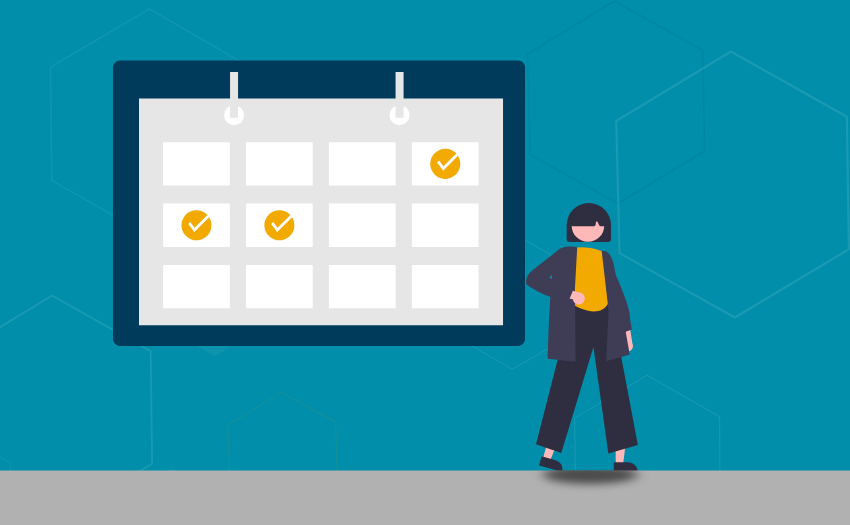You can have a winning product plan, yet if your team is overextended and timelines are unrealistic, it can still fail. Another way to use AI for product planning is to estimate team capacity and timelines.
By evaluating estimated velocity, available bandwidth, the product roadmap, and potential risks, AI can help forecast reasonable timelines and capacity needs. Moreover, before making changes to the product roadmap, AI can reveal the impact of those new shifts.
Benefits of AI for Capacity and Timeline Forecasting:
- More accurate schedules
- Fewer last-minute surprises
- Increased stakeholder confidence & well-being
Example: As the product launch date approaches, the marketing team suggests adding a new product feature to create more buzz around the launch. Before moving forward, product leadership weighs the pros and cons of this idea.
Part of their decision-making process includes running the scenario through an AI tool. They learned that the new feature could delay the time-to-market by four weeks or more. The insights also revealed a higher increase in workload than anticipated.
The product team decides not to prioritize the new feature, but to add it to the backlog instead. As a result, the product team is less likely to burn out and stay on track with the promised launch date.
Tool Option: Forecast
Conclusion
Product release planning is time-consuming, and many decisions involve an element of risk. AI tools can help product teams inject foresight into each stage of the planning process–from developing product roadmaps to forecasting team capacity.
The payoff of enhancing the planning process with AI is tenfold: helping teams adapt quickly, deliver value, and maintain a competitive edge in the marketplace.
If you want to implement AI into your team’s product release planning, but don’t know where to start, we have a micro-credential course just for you. AI for Product Planning will teach you how to leverage AI for:
- Developing product roadmaps
- Prioritizing backlogs
- Designing release plans with a focus on outcomes
Best of all? You’ll learn all of this in four hours or less, and be ready to apply it in your day-to-day work.
Learn more about AI for Product Planning today.






